Mekong
Advertisements:
Migratory fish, like these small carp from Cambodia known as [trey riel] or money fish, make up an estimated 40 percent to 70 percent of the 2.5 million metric tons of fish harvested from the Mekong River basin each year. (Photo by Courtesy of Zeb Hogan/University of Nevada, Reno)
The endangered giant barb, Catlocarpio siamensis, is the largest cyprinid (carp) in the world, growing to an estimated 600 pounds. The Mekong River is home to more species of giant fish than any river on Earth. This 200 pound specimen was captured by fishermen as it migrated out of the Tonle Sap Lake and into the Mekong River on November 15, 2003. (Photo by Courtesy of Zeb Hogan/University of Nevada, Reno)
Seven-striped barb for sale at a market in southern Laos in 2010. The seven-striped barb is one of the Mekong largest fish, growing to 200 pounds and about 5 feet in length. It is listed as endangered by the International Union for Conservation of Nature. As recently as 1989, the seven-striped barb was reported as [extremely abundant] in the Mekong, but it appears to have experienced a significant decline since. The seven-striped barb would be further impacted by the Xayaburi dam, potentially blocking access to the fishs spawning areas. (Photo by Courtesy of Zeb Hogan/University of Nevada, Reno)
The Tonle Sap Lake, is the largest inland lake in Southeast Asia. In the dry season, the shallow lake spreads over 2,500 square kilometers; at the height of the rainy season its surface area expands fourfold and the maximum depth increases from 4 meters to 10 meters. Life around the lake, including local people, is uniquely adapted to the seasonal cycles. During the dry season, huge numbers of fish migrate out of the Tonle Sap Lake to the Mekong River. Local people take advantage this annual movement by living in floating villages, as seen in the photo, and fixing all manner of traps and nets to snare the migrating fish – such as these huge [arrow] traps, which can be over a mile long. (Photo by Courtesy of Zeb Hogan/University of Nevada, Reno)
A fisherman in Cambodia holds up the tail of a giant freshwater stingray, which are rumored to grow to 1,000 pounds and approximately 20 feet in length. This specimen was caught in December 2002 and measured almost 14 feet in length. The giant freshwater stingray, which was only discovered 20 years ago, is just one of almost 1,000 species of fish that live in the Mekong, a hotspot for freshwater fish biodiversity, second only to the Amazon. (Photo by Courtesy of Zeb Hogan/University of Nevada, Reno)
Among the fish populations that could be harmed by the Xayaburi dam in Laos is the critically endangered Mekong giant catfish, considered by the Guinness Book of World Records to be the world’s largest freshwater fish. The fish, which grows to 650 pounds and about 10 feet long, is only found in the Mekong River. It is migratory, moving between downstream habitats in Cambodia upstream to northern Thailand and Laos each year to spawn. Some experts fear the Xayaburi dam could block the migration and drive the giant catfish to extinction. (Photo by Courtesy of Zeb Hogan/University of Nevada, Reno)
People of the Mekong have invented all manner of ingenious ways of catching fish like, many of them adapted to a specific site, flow and time of year. These lee traps at the Khone Falls in southern Laos, captured on June 2, 2010, are an excellent example: fishermen construct the traps in the dry season when water levels are low to catch fish at the onset of the rainy season. As the rising water levels cue the fish to begin their migration, the traps are inundated and literally strain the migrating fish out of the water column. (Photo by Courtesy of Zeb Hogan/University of Nevada, Reno)
The goonch, or bagrid catfish, is a large predatory catfish that can grow to 600 pounds and 10 feet long. In the Mekong, populations have declined and the largest fish now reach about 6 feet long and 200 pounds. Its life cycle remains a mystery, as is the case with most species of Mekong fish. While little is known about the ecology of the goonch suggests that populations have declined due to the impacts of dams. This photo was taken in India where the goonch is rumored to stalk, attack and kill humans, though that has not been verified. (Photo by Courtesy of Zeb Hogan/University of Nevada, Reno)
Two boys carry river catfish along the Tonle Sap River in Cambodia in 2002. Though once a staple food throughout its range, dams and heavy exploitation as a food source have driven river catfish to near extinction in the Chao Phraya River in Thailand and the Thai Mekong. Plans to dam the Mekong could disrupt the life cycle of river catfish, which is migratory and appears to rely on flow or water quality to facilitate migrations, cue spawning and aid in the dispersal of young fish. (Photo by Courtesy of Zeb Hogan/University of Nevada, Reno)
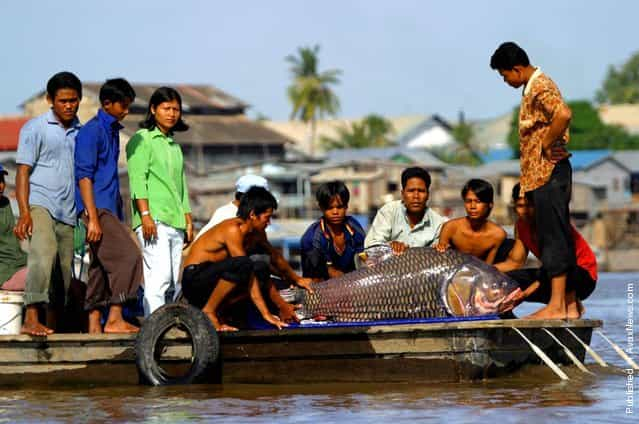
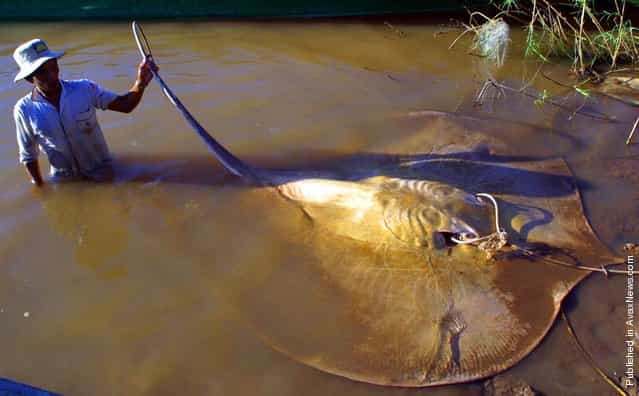
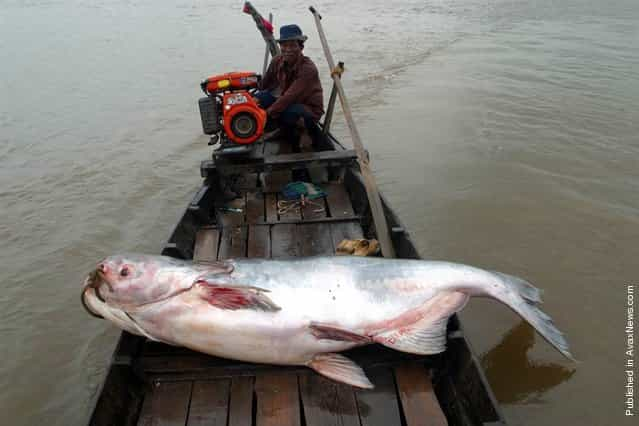
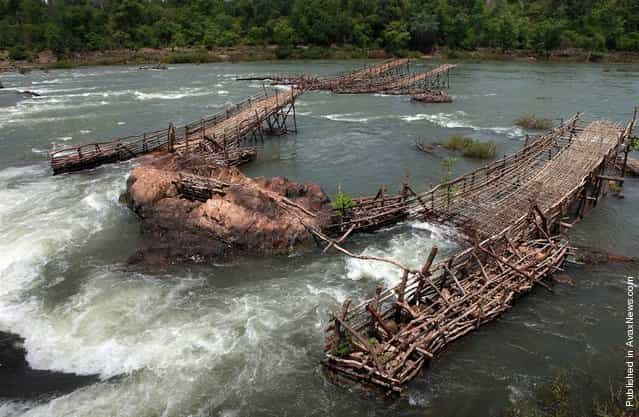

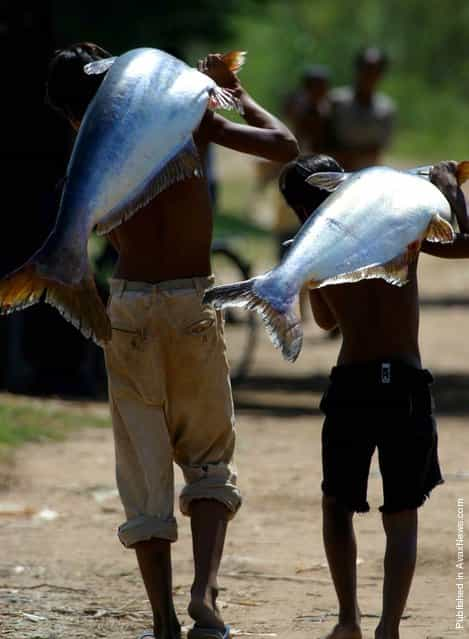
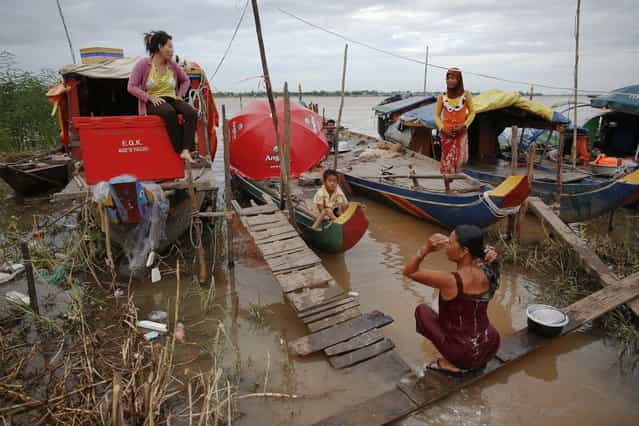
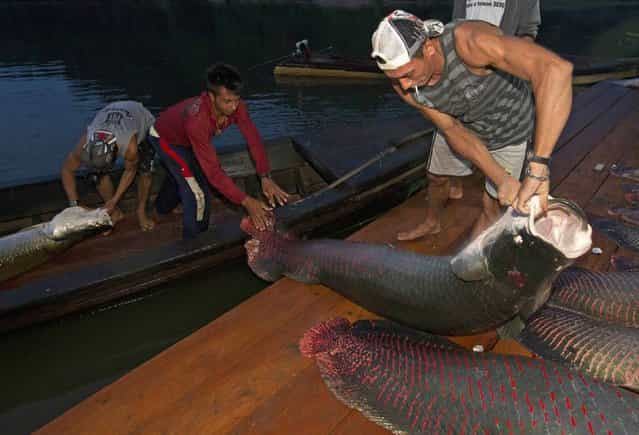
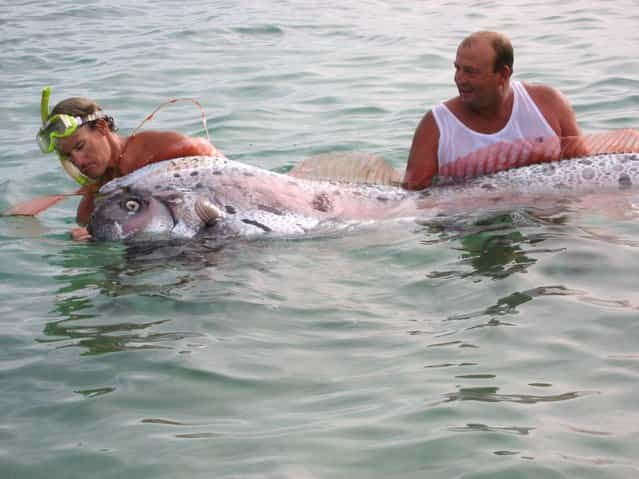
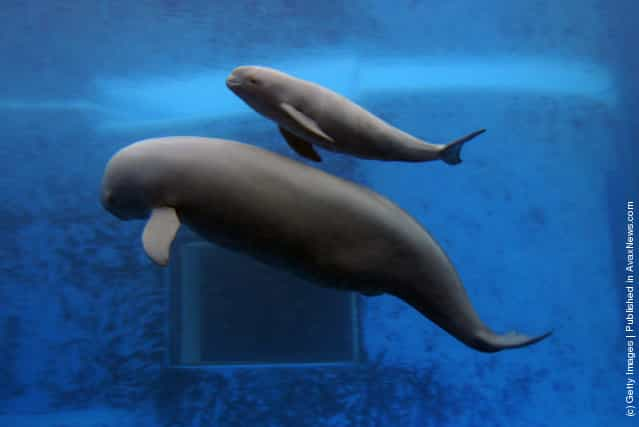
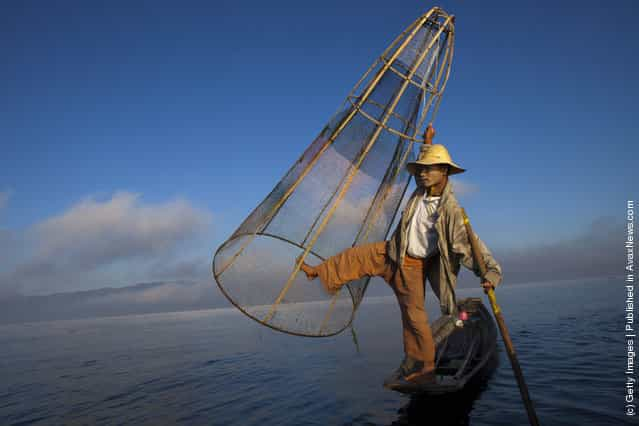
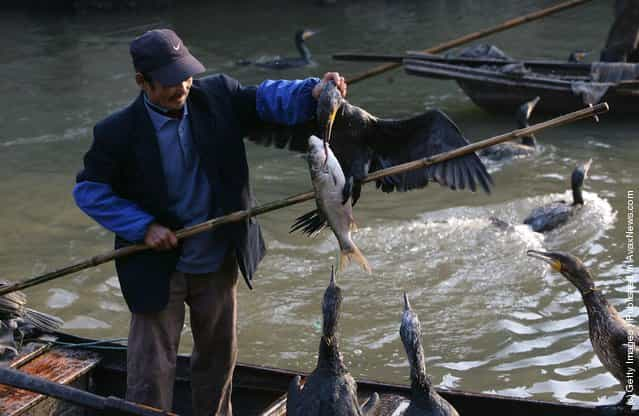

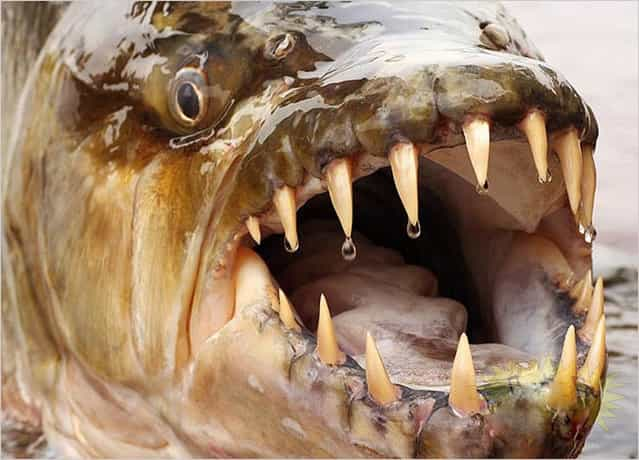

![Rare [Hybrid] Total Solar Eclipse Rare [Hybrid] Total Solar Eclipse](http://img.gagdaily.com/uploads/posts/fact/2013/short/00010c55_medium.jpg)






